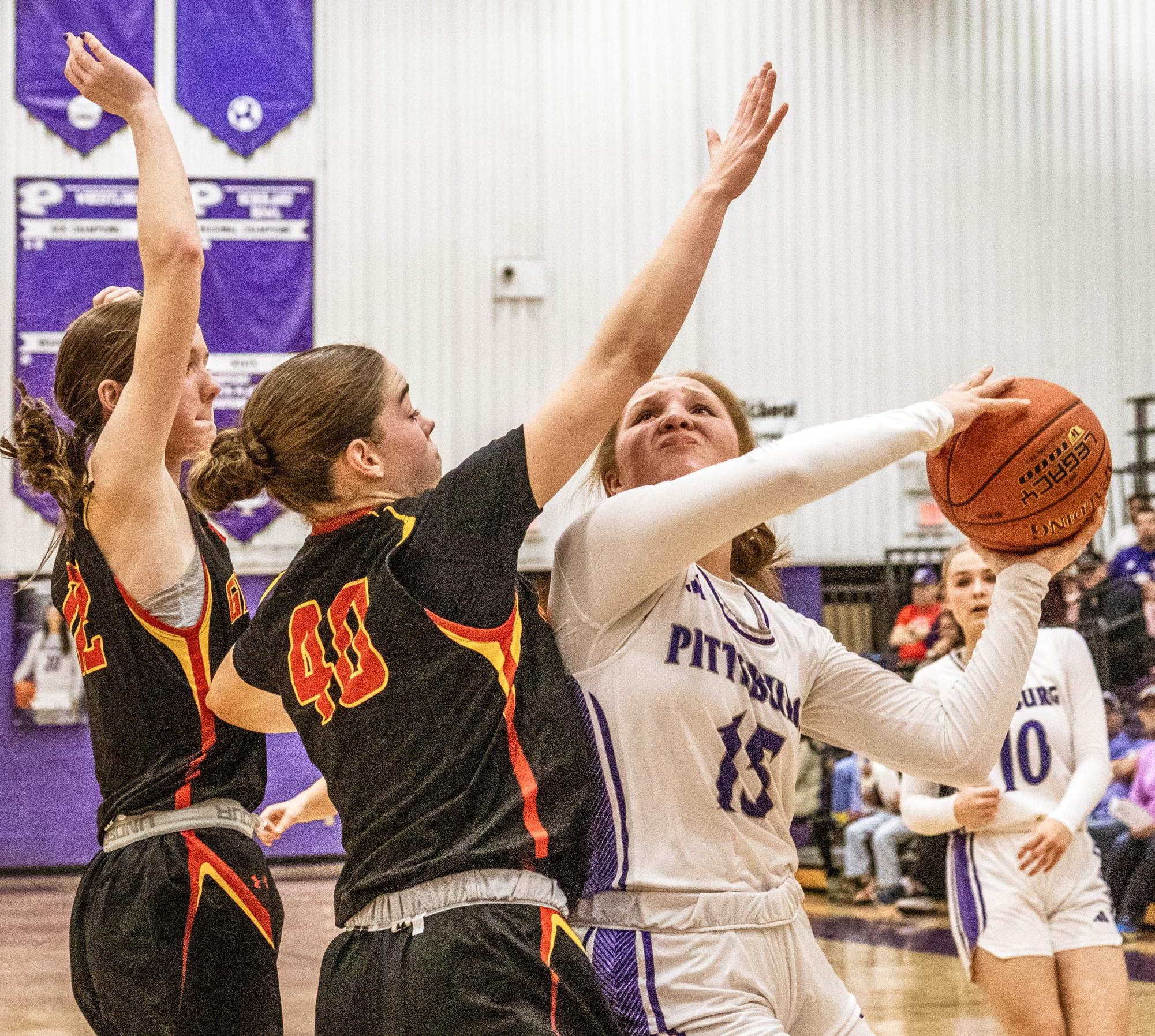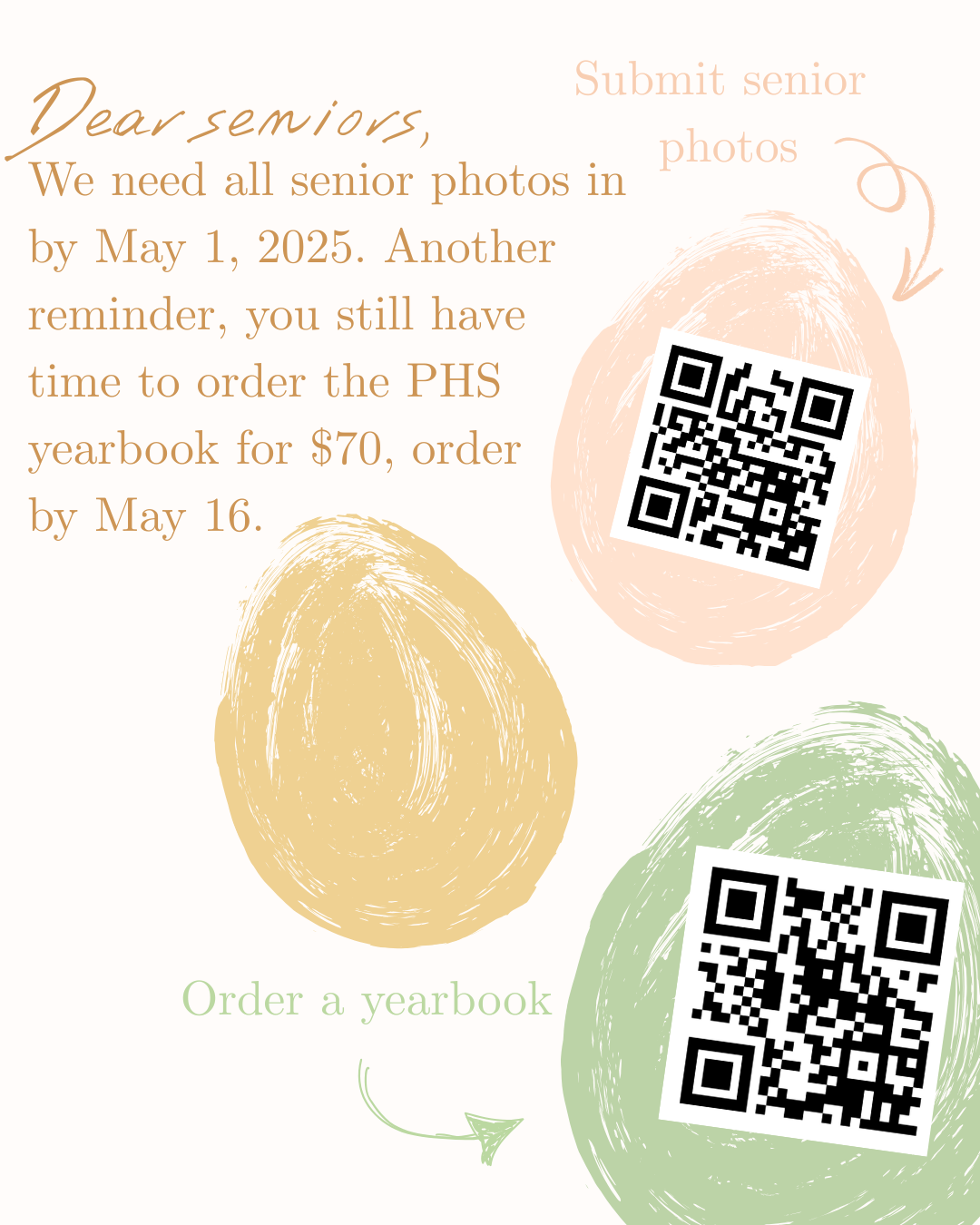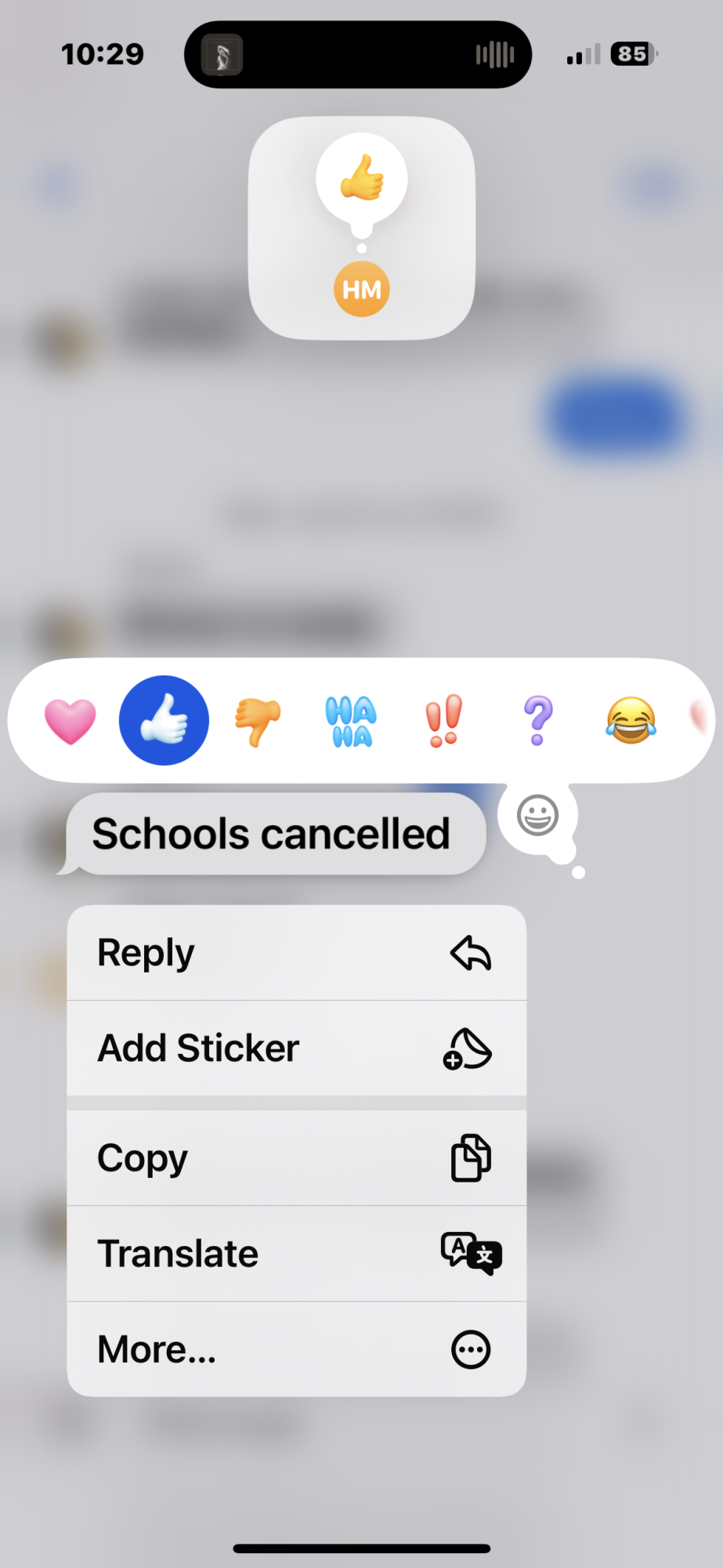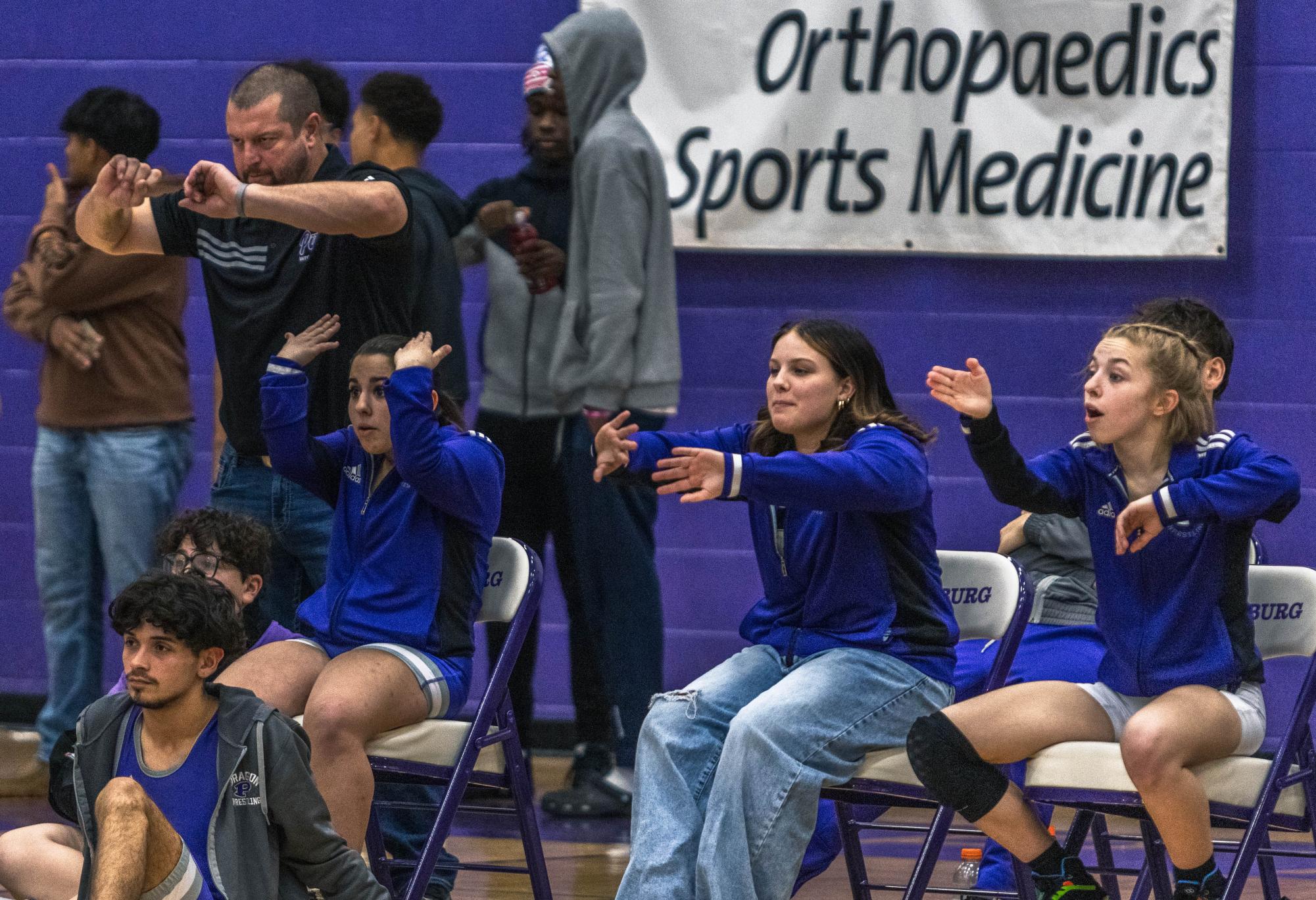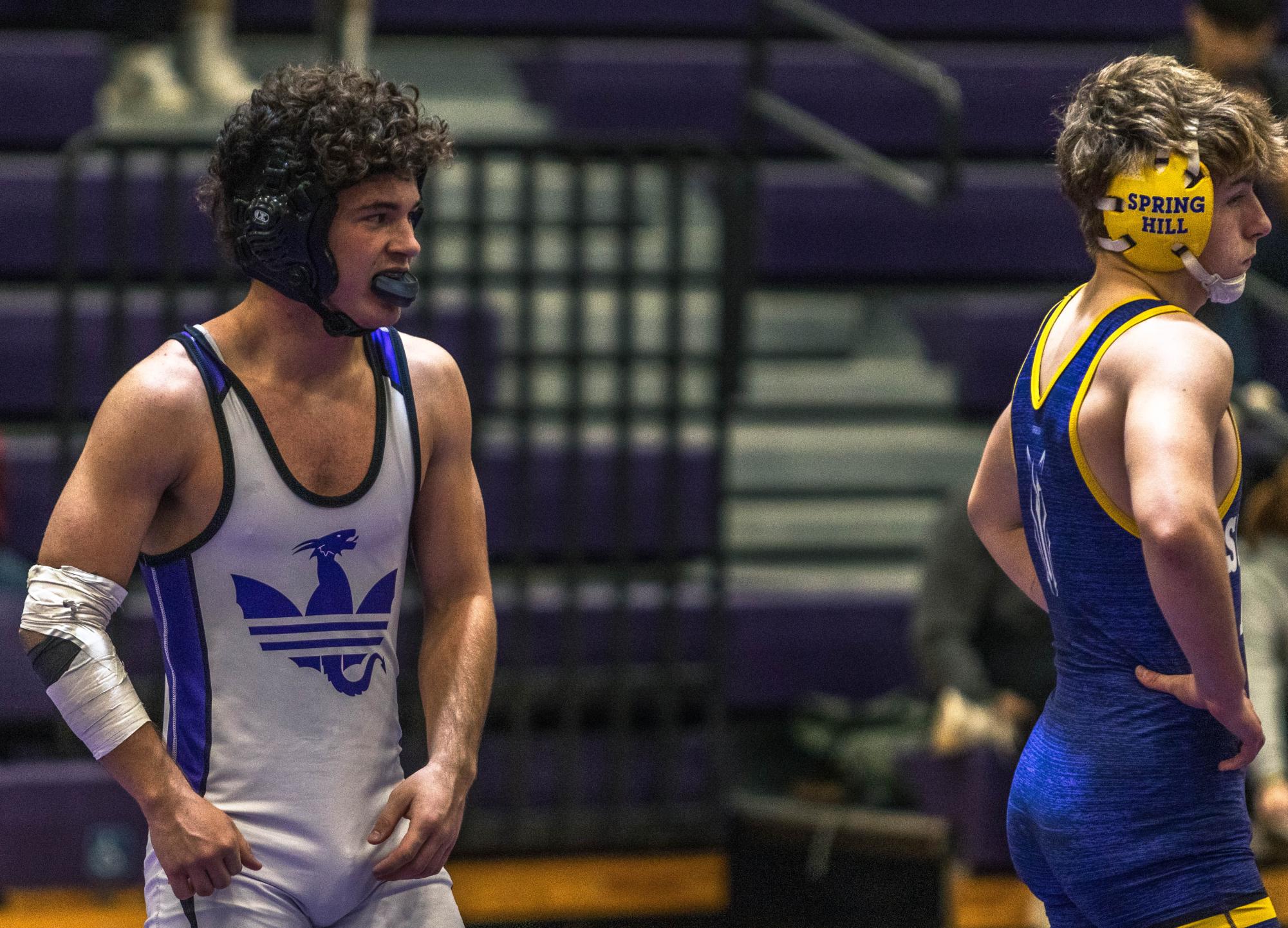From books to Chromebooks
District issues every student their own device.
November 7, 2020
When schools shut down in March due to COVID-19, some students did not have the resources to continue learning online. As a result, at the beginning of this school year, every student, online and in-person, was provided their own device.
With the help of the Coronavirus Aid, Relief and Economic Security (CARES) Act, USD 250 was provided with the resources to go one-to-one. Under normal circumstances, this process can take up to five years. However, with the CARES Act, the district was able to move forward in a few months.
The CARES Act is a federal initiative, economic relief package that is worth over 2 trillion dollars. According to home.treasury.gov, “The CARES Act provides fast and direct economic assistance for American workers and families, small businesses and preserves jobs for American industries.”
At the high school level, each student was provided with a Google Chromebook that they are responsible for. With these devices, students always have access to their school work through Canvas.
Assistant principal Jeff Johnson says going one-to-one was a good decision for the school.
“[Students] are always connected and have their device. It brings some equity between students who may not have the resources that other students do,” Johnson said. “This gives all students the ability to have access to a device and be able to work online.”
To director of technology Noah Grotheer, going one-to-one has given students opportunities that they didn’t have before. Now that everybody has a device, each student has access to zoom calls, assignments and any other application that they may need for schoolwork.
“To me, the greatest benefit is that it exposes students to technology they may not have at home, and allows them access to an endless amount of information,” Grotheer said. “It also allows teachers to use software that can be tailored to a student’s particular needs, if they wished, and the devices allow students to have access to up-to-date resources.”
While going one-to-one has its positives, it was not a quick or easy process. Buying and distributing Chromebooks was only a portion of the plan.
“We had been planning and growing our network resources for a few years. However, we experienced a considerable amount of issues the first week or two of school,” Grotheer said. “We went from a network that would normally have about 700-800 devices in use at a time, to one that had over 3000 devices in use on the first day of school. We’ve had to make several changes to our network’s configuration in order to accommodate the increase in devices.”
While these devices are a great resource, there are many concerns about students damaging them or not using them for schoolwork.
“Early on, we had several cracked screens [that] mainly had to do with the way kids were putting them in their backpacks or the way they would drop them on the floor. We’ve had several devices that needed fixed,” Johnson said. “[There have not been] a ton of discipline issues, but here and there kids look up YouTube or Netflix or Facebook.”
Each student having their own device has caused many changes in the classroom.
“Paper has been reduced quite a bit,” Johnson said. “Some kids are burnt-out of being on a computer, but we are trying to limit the contact points with paper.”
Overall, the district has adjusted to being one-to-one, despite the quickly occurring changes.
“I’m proud of our students and staff,” Grotheer said. “I’ve been working in education for almost 18 years and I’ve seen a lot of changes, but seeing our students and staff adapt to a new style of teaching in such a short amount of time has been very impressive.”



